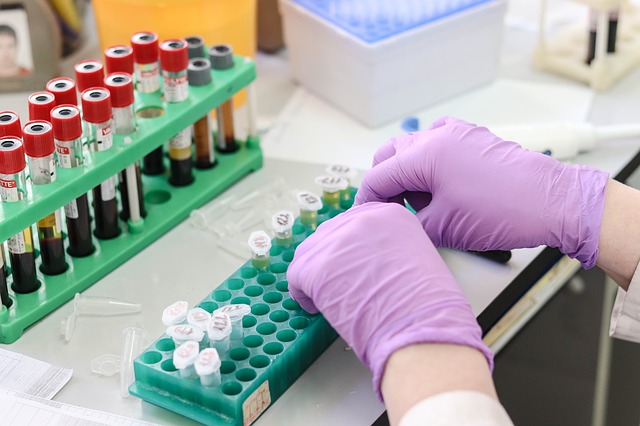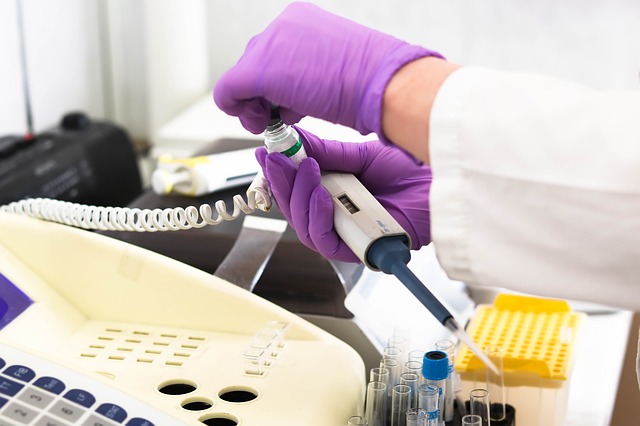

20+years industry experience<br>senior management team composed of senior talents
70+ masters and PhD talents composed <br>scientific research team
30+ core independent intellectual <br>property rights authorization
PreA round of financing RMB 20 million
100+ honors and certificates
5000+ employees

On the basis of full market research, the company firmly grasps the development direction of in vitro diagnostic reagents, actively conducts technical cooperation with overseas scientific and technological personnel and scientific research units, is committed to the research and development and industrialization of POCT industrial technology, and continues to accumulate in the direction of POCT detection. The core technology platform is based on "fluorescent rare earth complex silicon nanoparticle markers and their preparation methods" and "using fluorescent rare earths". The core technology platform is based on the advantages of Xiamen University's research and development technology and foreign POCT instrument manufacturers. Nanoparticles as markers immunochromatography method and its detection test paper" two patented technologies, aiming at a series of products on the market for early diagnosis of various diseases, successfully developed and obtained female hormones, prenatal screening, diabetes, and cardiac muscle There are more than 40 POCT in vitro diagnostic reagents, such as kidney disease, and a variety of immunofluorescence analyzer medical device product registration certificates and CE certificates. Among them, 9 products such as TSH, progesterone, HCG quantitative detection kit (fluorescence immunochromatography) are The world's first in fluorescence, TSH and progesterone products were awarded the honorary title of "Specialized, Specialized, New" Products (Technology) for Small and Micro Enterprises in Xiamen. The products in the newspaper cover gonadal hormones, thyroid function, tumor markers and other series, aiming to develop internationally leading medical diagnostic reagents, promote the development of modern laboratory medicine, and improve the prevention and treatment of diseases.
© 2016 Xiamen Biotime Biotechnology Co., Ltd. all rights reserved